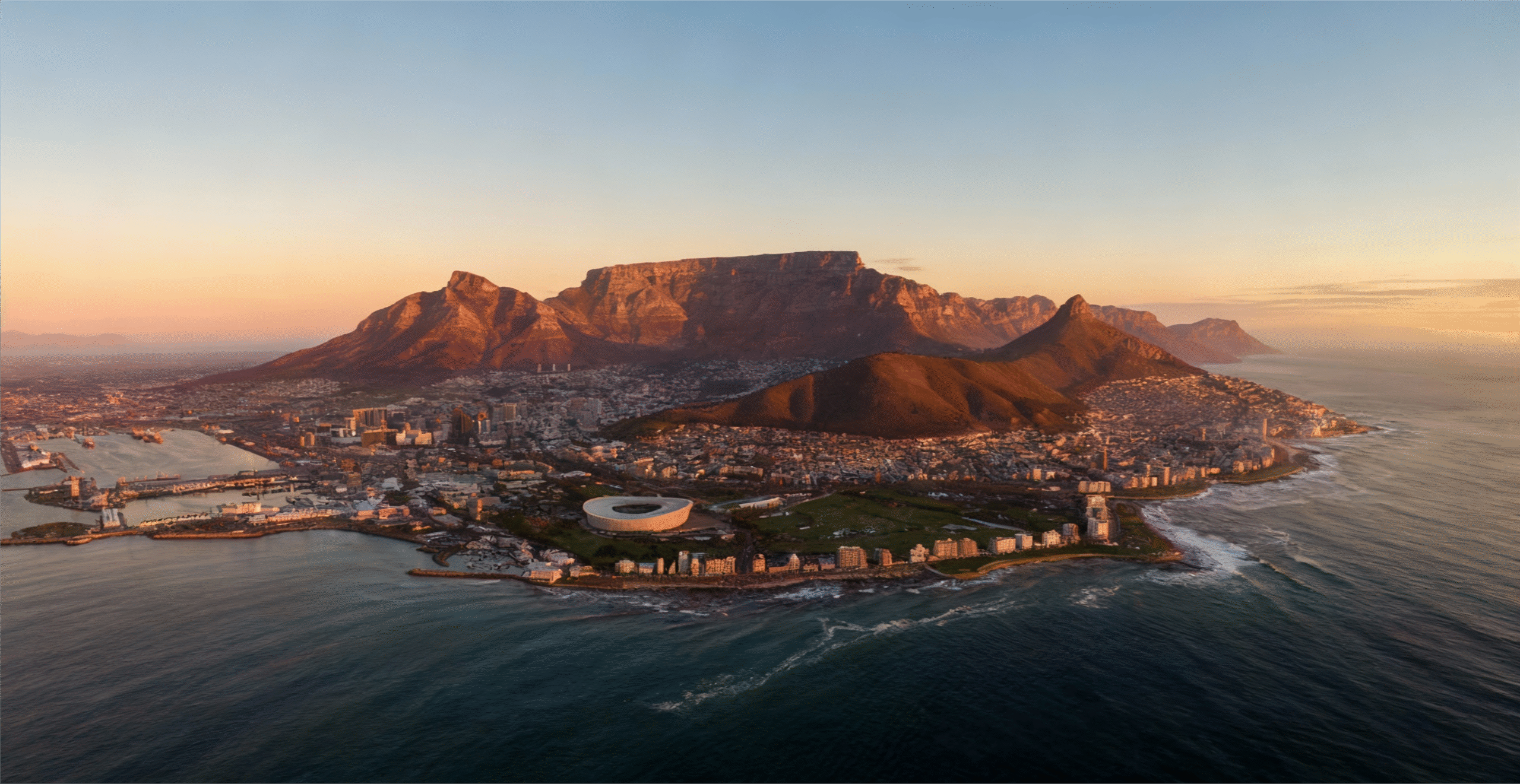The global energy transition has gained a new geographic epicenter. While Europe and Asia accelerate their decarbonization goals, Africa is emerging as a strategic player in the race for green hydrogen, positioning itself as a potential supplier of up to 10% of global demand by 2050. This movement represents not only an economic opportunity worth US$60–120 billion to Africa's GDP, but also a crucial test of how to balance sustainable development with energy justice on a continental scale.
Why Africa has become strategic
The African continent boasts three fundamental competitive advantages that explain its central role in this race. First, exceptional renewable resources: 10 TW of solar potential, 350 GW of hydroelectric power, and 110 GW of wind power, with capacity factors reaching 69% for wind power in regions like Namibia. Second, geographic proximity to Europe, the main consumer market, which has set a target of importing 10 million tons of hydrogen by 2030 through the REPowerEU strategy. Third, South Africa holds approximately 90% of the global reserves of platinum group metals, critical components for proton exchange membrane electrolyzers.
These factors catalyzed massive investment. The announced pipeline totals 114 GW of electrolyzer capacity, concentrated in six pioneering countries that formed the African Green Hydrogen Alliance in 2022: Egypt, Kenya, Mauritania, Morocco, Namibia, and South Africa. Later expanded to 11 nations, the alliance coordinates projects ranging from the Aman megaproject in Mauritania (US$40 billion, 70 GW) to pioneering initiatives such as the Daures Green Hydrogen Village in Namibia, the continent's first net-zero community.
Reality beyond promises
Despite the extraordinary potential, the implementation of these projects faces significant structural challenges. Recent studies published in Nature Energy reveal that only 2.1% of African sites would be economically competitive even with aggressive risk mitigation policies, considering high interest rate scenarios. The average production cost remains between €4.2-4.9/kg without risk mitigation instruments, compared to €3-5/kg projected for Rotterdam in 2030.
Even more critical: by October 2024, less than 0.5% of projects in emerging regions had secured committed investments, compared to 9% globally. Only 13 MW of the 114 GW planned had reached final investment decisions by 2023. The International Energy Agency has warned that a large-scale green hydrogen industry in Africa by 2030 is unlikely, with only 5% of announced projects likely to be operational by that timeframe.
The barriers go beyond financial. The infrastructural paradox is stark: more than 50% of the population in Sub-Saharan Africa lives without electricity, while 80% of hydrogen projects are destined for export. Furthermore, the water intensity of electrolysis (18-25 liters per kg of hydrogen) clashes with the reality of 400 million people without access to drinking water in the region. Large-scale projects require desalination, which in turn demands significant energy, creating complex interdependent cycles.
Lessons for Brazil and Latin America
The African experience offers valuable insights for Brazil, which has emerged as a direct competitor in this race. With the Green Hydrogen Law enacted in August 2024 and projects like the Port of Pecém hub under development, the country can learn three fundamental lessons from Africa's trajectory.
First: avoid excessive dependence on exports. The predominant orientation toward external markets creates vulnerability to international demand and risks of neocolonial development patterns. Second: prioritize domestic applications that guarantee direct benefits to the local population, avoiding the paradox of exporting energy while internal deficits persist. Third: structure agreements that ensure effective technology transfer and local replication capacity, not just the supply of raw materials.
Brazil has distinct comparative advantages: an energy matrix that is already 85% renewable, an existing ethanol infrastructure that can serve as a complementary platform, and a unique potential for "moss-green hydrogen" from 291 million tons of agro-industrial waste annually. However, it requires a strategy that balances global competitiveness with domestic socioeconomic impact.
Real success stories
Despite systemic challenges, operational projects demonstrate viability when properly structured. Egypt Green Hydrogen in the Suez Canal Economic Zone made the world's first export of green ammonia to India in November 2023, operating with 100 MW of electrolyzers and producing 15,000 tons of green hydrogen annually. The project won a €397 million H2Global bid to supply the European Union until 2033, with deliveries beginning in 2027.
In Namibia, the Daures Green Hydrogen Village is advancing as an integrated pilot project, producing 18 tons of hydrogen and 100 tons of green ammonia per year in the initial phase, scalable to 67 GW of renewable energy and 180,000 tons of hydrogen at peak capacity. The initiative was selected by UNIDO as a demonstration project, receiving funding for fertilizer production until 2027.
The path ahead
The African race for green hydrogen represents a microcosm of the tensions inherent in the global energy transition: how to reconcile climate urgency with social justice, economic competitiveness with technological sovereignty, and international demand with local needs. For Brazilian and Latin American companies, observing this dynamic is not an academic exercise, but a strategic imperative.
The central issue transcends production volumes or levelized costs: it involves defining development models that avoid replicating historical patterns of exploitation under a green guise. Africa and Latin America share not only comparable technical potential but also similar structural challenges that demand genuine South-South collaboration.
Will African green hydrogen be competitive? Technically possible, economically uncertain, socially contested. But precisely in this complexity lies the relevance of the African case: not as a model to be replicated in its entirety, but as a laboratory whose lessons, successes, and failures can inform more balanced trajectories for other emerging markets in building a truly sustainable hydrogen economy.

